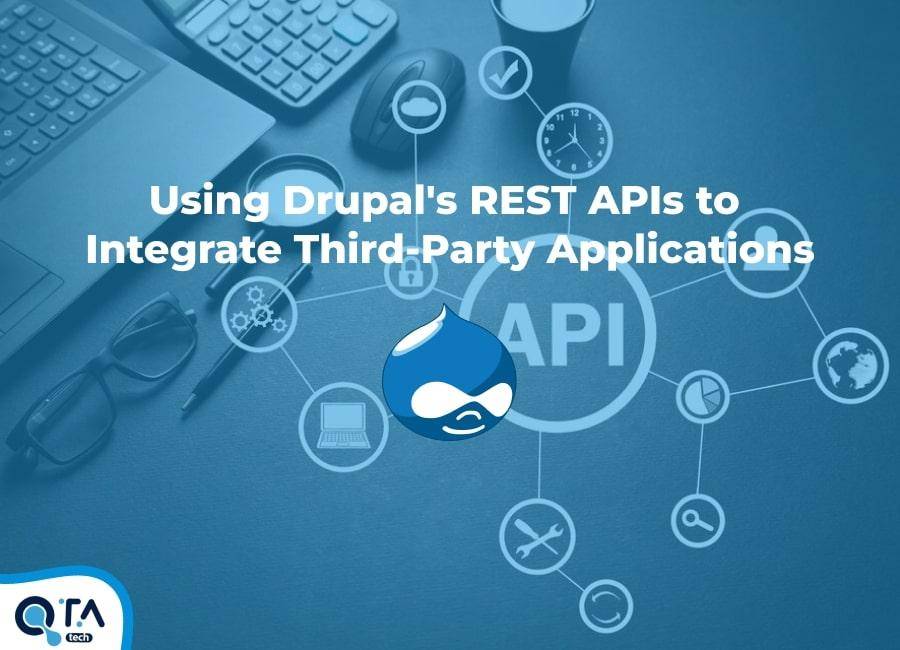Using Drupal's REST APIs to Integrate Third-Party Applications
Integrating third-party applications with Drupal using REST APIs offers significant flexibility and extensibility, enabling developers to create interoperable and efficient solutions. This article explores the technical aspects of this integration, providing practical examples to guide developers.
I. Understanding Drupal's REST APIs
Drupal natively includes the REST module, which allows Drupal entities to be exposed via RESTful APIs. This module supports standard HTTP methods such as GET, POST, PATCH, and DELETE, making it easy to interact with Drupal data from third-party applications.
I.1. Basic Configuration
- Enable the REST Module: Make sure the REST UI module is enabled in your Drupal installation. You can do this via the administration interface or using Drush:
drush en restui -y-
Configure Endpoints: Go to the REST UI configuration interface (`/admin/config/services/rest`) to define which types of entities will be exposed and which HTTP methods will be allowed.
Image
- Authentication: Configure authentication to secure your APIs. Drupal supports Basic and OAuth authentication, among others.
II. Example of Integration with a Third-Party Application
Let’s assume you want to integrate an external application to manage users on your Drupal site. Here's how to proceed:
- GET Request to Retrieve a User
To retrieve information about a user, you can use a GET request:
curl --location --request GET 'https://your_drupal_site.com/user/1?_format=json' \
--header 'Accept: application/json' \
--header 'Authorization: Basic base64encoded <username:api_key>'2. POST Request to Create a New User
To create a new user, use a POST request with the user data in the body of the request:
curl --location --request POST 'https://your_drupal_site.com/entity/user?_format=json' \
--header 'Content-Type: application/json' \
--header 'Authorization: Basic base64encoded <username:api_key>' \
--data-raw '{
"name": [{"value": "new_user"}],
"mail": [{"value": "email@example.com"}],
"pass": [{"value": "password"}]
}'III. Developing Custom REST Plugins
Drupal also allows you to create custom REST plugins for specific needs. Here are the steps to develop one:
- Create a REST Plugin: Create a new PHP file in the `src/Plugin/rest/resource` directory of your custom module.
- Define the Plugin: Use the `@RestResource` annotation to define the plugin, specifying the ID, label, and supported HTTP methods.
- Implement the Methods: Extend the `ResourceBase` class and implement the `get`, `post`, `patch`, and `delete` methods according to your needs.
Conclusion
Using Drupal’s REST APIs to integrate third-party applications offers great flexibility and allows you to build robust and scalable solutions. By following these technical steps, you can easily expose and manipulate Drupal data from external applications. For personalized assistance with your integration projects, feel free to contact our experts.
